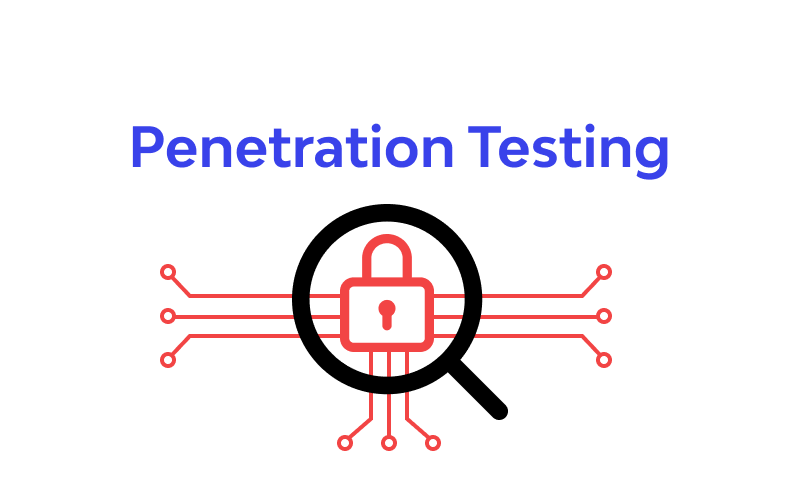One of Google’s most well-liked cross-platform mobile architectures is Flutter. Since developers at app development Virginia Beach firms have widely used the architecture, there is a continuous cycle of upgraded editions of Flutter, the most recent of which is Flutter 3.
The following are some standard procedures for developing Flutter apps:
1. Make the build code clean.
The construction technique was created so that it has to be pure and free of any extraneous material. This is so that a new widget construction can be initiated by a variety of external circumstances, some of which are listed below:
Route push/pop
Screen resizing, typically due to changes in the keyboard’s appearance or orientation
The parent widget remade its offspring.
An inherited widget depends on a class or context pattern change.
2. Recognizing the Flutter idea of limitations.
Every Flutter app developer should know the golden rule: restrictions go downwards, proportions go up, and the parent determines the placement. Let’s explore this subject further:
A widget is subject to limitations imposed by its parent. Four doubles are known as a constraint: a threshold width and height.
The widget then checks each kid on its own list. The widget tells each of its kids what their limitations are one by one before asking them all what size they want to be.
2. Recognizing the Flutter idea of limitations.
Every Flutter app developer should know the golden rule: restrictions go downwards, proportions go up, and the parent determines the placement. Let’s explore this subject further:
A widget is subject to limitations imposed by its parent. Four doubles are known as a constraint: a threshold width and height.
The widget then checks each kid on its own list. The widget tells each of its kids what their limitations are one by one before asking them all what size they want to be.
4. Use streams only as necessary.
Even while streams are pretty strong, if we use them, it puts a lot of duty on our shoulders to use this resource effectively.
The use of Streams can increase memory and CPU use if they are implemented poorly. Not only that but failing to shut down the streams will result in memory leaks.
Therefore, you can use something more in these situations, such as ChangeNotifier for reactive UI, instead of Streams, which uses less RAM. Managed service provider can utilize the Bloc library for more sophisticated features because it focuses more on resource efficiency and provides a straightforward interface for creating reactive user interfaces.
As long as streams aren’t used anymore, they will be effectively cleaned. The problem is that merely removing the variable won’t guarantee that it isn’t being used. It could continue to operate in the background.
5. Create tests for essential features.
Having an integrated set of checks can allow you to save a significant amount of time and effort because the risks of depending solely on manual testing will always exist. Evaluating every component after each modification would take long and need a lot of recurring work because Flutter primarily targets various platforms.
Let’s face it, maintaining 100% code protection for assessment will always be the greatest option, but depending on the amount of time and money available, it might not always be feasible. Even so, it’s still imperative to have tests that at least cover the app’s main features.
The best starting points are unit and widget tests because they are less laborious than integration tests and may be used immediately by app development Virginia beach…



